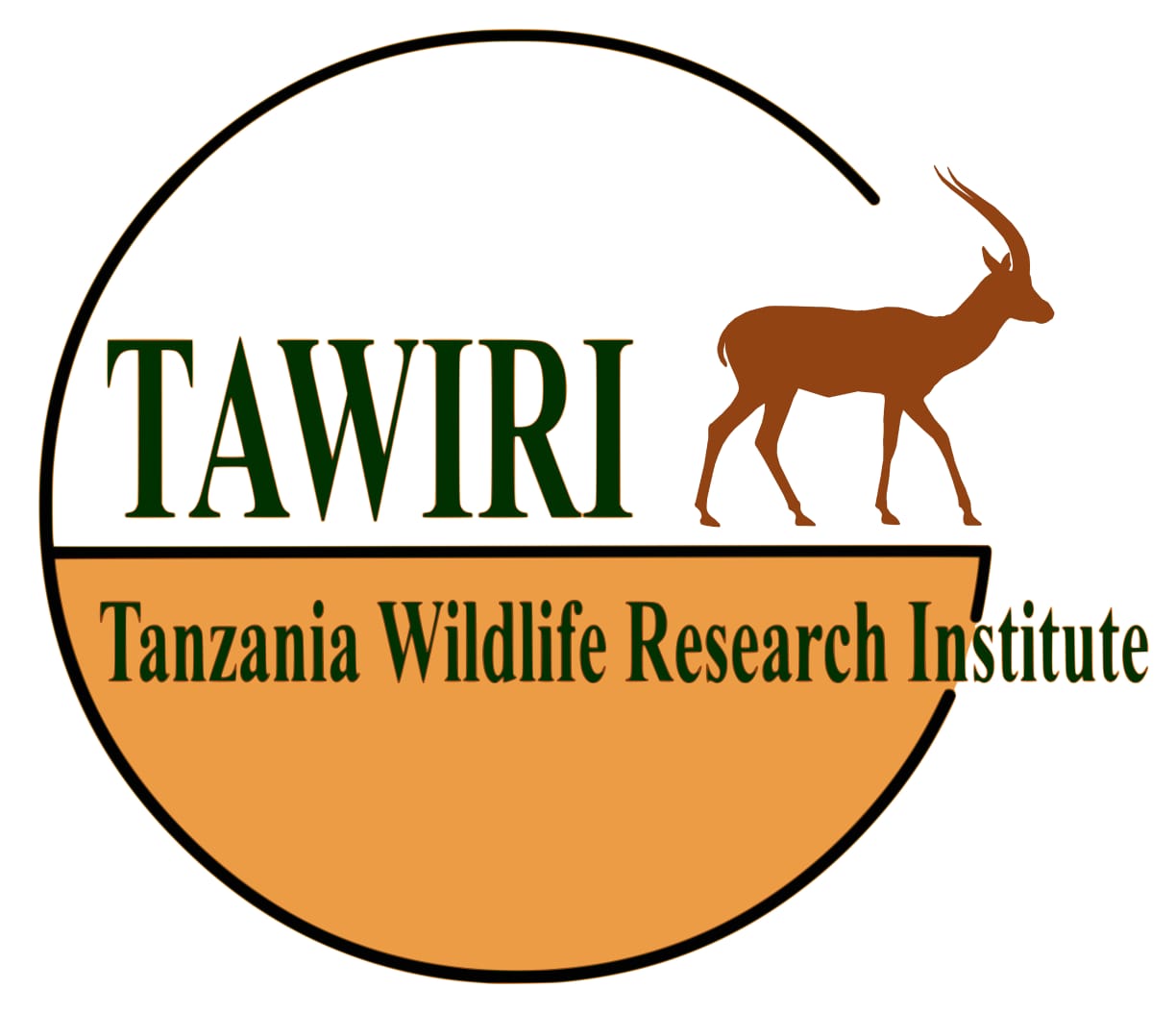Research Preview

Research Project Title
Monitoring carnivore populations in southwestern Tanzania
Research Purpose:
Other -(Specify)
Principle Investigator:
MS6UGKM
Introduction
The Ruaha-Katavi landscape in Tanzania is a key biodiversity hotspot in East Africa, supporting, supporting a variety of habitats that host a rich community of large carnivores, including lions, leopards, spotted hyenas, wild dogs, and cheetahs. These carnivores not only contribute to the ecological balance of the area as apex predators but also hold cultural and economic value for local communities engaged in sustainable resource use and ecotourism. However, large carnivores face mounting threats from habitat loss, human-wildlife conflict, and illegal hunting, leading to declines in population and distribution. To ensure the effective conservation of these species, it is crucial to establish accurate population estimates and long-term monitoring frameworks.
This study will assess carnivore populations within Ruaha-Katavi, focusing on density and abundance estimates, especially for lions, and collecting demographic data—such as age, sex, and pride structure—to inform long-term conservation. Additional assessments will target other large carnivores, like leopards and hyenas, as data allows.
A two-year, phased approach will first be concentrated in Lukwati and Piti Game Reserves. This initial focus will allow the development of baseline population and demographic data, as well as the refinement of monitoring techniques that can later be expanded to other regions. In the second year, the study will extend to additional sites across the Ruaha-Katavi landscape, applying the methodologies developed and incorporating findings from the first phase. This phased approach allows for focused resource allocation, iterative improvements in data collection methods, and the establishment of a scalable monitoring framework that can contribute to carnivore conservation on a broader landscape level.
By implementing this comprehensive approach, the research will yield critical insights to guide conservation strategies to provide comprehensive insights that support the sustainable management and preservation of carnivores in the Ruaha-Katavi region, ultimately benefiting biodiversity and local communities dependent on healthy ecosystems.
Problem Statment
This research project is a “Category B: medium-term research” and is prompted by the need to fill knowledge gaps identified by the reviewing committee of the Lion and Leopard Action Plan, in terms of population estimates for these key carnivore species. In specific sites, primarily outside National Parks, numbers and densities are unclear, with many currently categorized as guess estimates or data deficient. Baselines are a first step in monitoring trends in time and are more fundamental to evaluating the impact of conservation actions aimed at protecting and ensuring the future of these flagship species.
The study will complement the systematic aerial survey, recently completed in October 2024, which has provided reliable ungulate abundance estimates for the larger landscape. Once the prey numbers are converted into available biomass, they become a fundamental component in calculating lion carrying capacity. Comparing the lion numbers expected based on available prey, with the results of the study we intend to carry out, will provide an overview of the overall health of the lion population within each site. Other important indicators such as sex ratios, pride size, and composition, will be determined and compared with reference values from the available literature. Records of injured or dead animals (e.g. snaring, wounds, etc.), along with body condition of all individuals sighted, will complete the picture.
While the focus of this research is on lions, information on other carnivores will be gathered and analyzed as needed. Priority will be given to leopards and spotted hyenas, for which we intend to determine densities at different sites. Other species such as wild dogs, cheetahs, and other small cats are less abundant and may require more effort to gather sufficient data therefore results cannot be guaranteed, however relative abundance indexes at minimum will be available as a result of the surveys.
General Research Objective
To estimate and monitor large carnivore populations for conservation purposes within the Ruaha-Katavi landscape.
Specific Objectives:
1) To produce robust density and abundance estimates of lions.
2) To gather demographic data, including sex, age, pride size, and composition for long-term monitoring.
3) To estimate density or relative abundance indices of other key carnivores, such as leopards, spotted hyenas, wild dogs, cheetahs, and other small cats, as possible based on the data available.
Other Details
| Clearance# | Clearance Date | Permit# | Permit Date | Commencement Date | Completion Date |
|---|---|---|---|---|---|
| None | CST00001176-2025-2025-00449 | Jan. 16, 2025, midnight | May 1, 2025 | Dec. 1, 2027 |
Priority Research Theme & Areas
| Priority Research Theme | Research Area |
|---|---|
| WILDLIFE POPULATION MONITORING | Population monitoring of large mammals |
Project Location
| Region | Wildlife Area | District | Species |
|---|---|---|---|
|
Lwafi Rukwa Lukwati Piti Inyonga |
Project Researchers
| Researcher | Role |
|---|---|
| Alice Laguardia | Principal Investigator |
| Simon Lugandu | Co-researcher |
| Luke Hunter | referee |
| Noah Mpunga | referee |
Reseach Objectives
| Sn | Objective | Methods | Description | ||
|---|---|---|---|---|---|
| 1 | 1) To produce robust density and abundance estimates of lions. |
|
|||
| 2 | 2) To gather demographic data, including sex, age, pride size, and composition for long-term monitoring. |
|
|||
| 3 | 3) To estimate density or relative abundance indices of other key carnivores, such as leopards, spotted hyenas, wild dogs, cheetahs, and other small cats, as possible based on the data available. |
|
|||
Reseach Attachments
| Attachment Name | Attachment |
|---|---|
| Full Proposal | ResearchProposal_TAWIRI.pdf |
 Nwris
Nwris